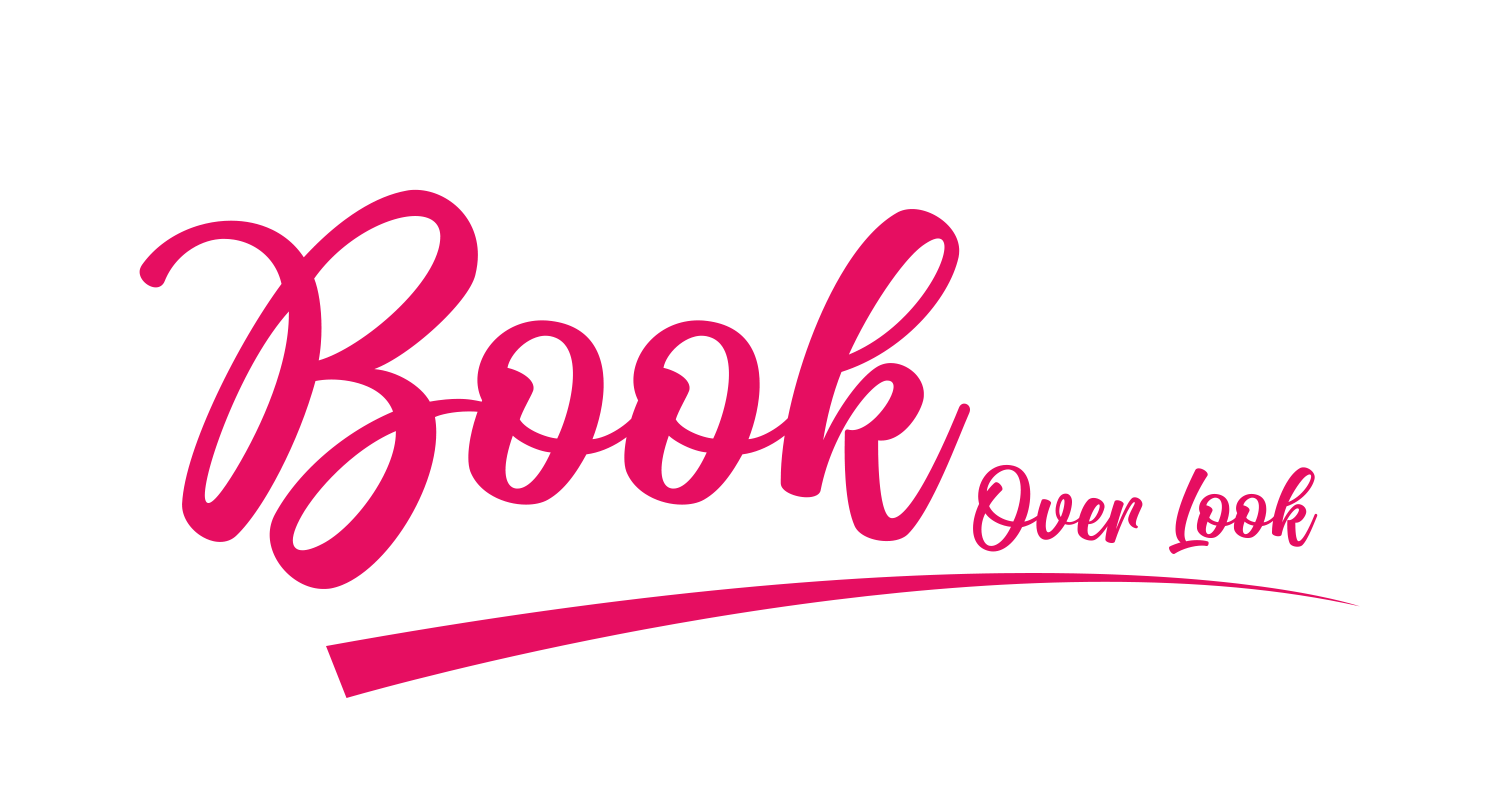The job market, like much of the global economy, has been on a roller coaster ride in recent years. The uncertainties brought about by various factors, including the pandemic, have significantly impacted hiring activities across industries. However, there is a silver lining emerging on the horizon as hiring activity continues to show signs of recovery. In this blog post, we’ll explore the current landscape of the job market, the factors contributing to the rebound, and what this means for job seekers.
The Journey of Recovery
The past few years have been challenging for both employers and job seekers. The COVID-19 pandemic led to economic disruptions, causing many companies to reassess their hiring plans. The result was a slowdown in hiring, with some industries experiencing layoffs and hiring freezes.
However, as the world begins to find its footing amidst the ongoing challenges, there’s a palpable sense of optimism in the job market. Hiring activity, which took a hit during the peak of the pandemic, is now on the path to recovery. Several indicators suggest that businesses are gaining confidence, leading to a resurgence in recruitment efforts.
Key Indicators of Recovery
1. Increased Job Postings
One of the most promising signs of recovery is the surge in job postings across various sectors. Companies are actively seeking new talent to fill crucial roles, signaling a renewed focus on growth and expansion. Job boards and career websites are witnessing a steady increase in the number of positions being advertised, providing job seekers with a broader range of opportunities.
2. Reopening of Industries
As restrictions ease and economies gradually reopen, industries that were heavily impacted, such as hospitality, travel, and entertainment, are beginning to rehire. The resumption of business operations has prompted organizations to rebuild their workforce, bringing back employees who were furloughed or hiring new talent to meet increased demand.
3. Remote Work Opportunities
The pandemic accelerated the adoption of remote work, and this trend seems likely to continue. Many companies are embracing flexible work arrangements, allowing them to tap into a broader talent pool. Remote work options provide job seekers with the flexibility to explore opportunities outside their immediate geographic location, expanding the scope of potential employment.
4. Investment in Technology and Innovation
The shift towards a more digital and technology-driven landscape has created a demand for skilled professionals in areas such as IT, data analytics, and cybersecurity. Companies are recognizing the importance of staying technologically competitive, leading to an uptick in hiring for roles that drive innovation and digital transformation.
5. Positive Economic Indicators
Improvements in economic indicators, such as GDP growth and consumer confidence, contribute to the positive outlook for hiring. A growing economy encourages businesses to invest in talent acquisition, as they anticipate increased demand for their products and services.
Navigating the Job Market
As the hiring landscape evolves, job seekers should adopt strategies to make the most of the recovering job market. Here are some tips to navigate this period of transition:
1. Stay Informed
Keep yourself informed about industry trends, company updates, and economic forecasts. Understanding the broader context can help you tailor your job search and position yourself effectively in the market.
2. Update Your Skills
The evolving job market places a premium on skills that are relevant to current industry needs. Consider upskilling or reskilling to align your capabilities with the demands of the job market. Online courses, workshops, and certifications are excellent avenues for enhancing your skill set.
3. Optimize Your Online Presence
Ensure that your online presence, including your LinkedIn profile and professional networks, is up-to-date. Many recruiters use online platforms to identify potential candidates, so having a compelling and comprehensive digital presence can make you stand out.
4. Network Strategically
Networking remains a powerful tool in the job search process. Attend industry events, join professional groups, and connect with professionals in your field. Building and nurturing relationships can open doors to hidden job opportunities and provide valuable insights.
5. Be Flexible and Adaptable
The job market’s recovery may not be uniform across all industries or regions. Be open to exploring opportunities that may not align precisely with your initial expectations. A flexible and adaptable approach can broaden your job search and increase your chances of securing employment.
6. Emphasize Soft Skills
In addition to technical skills, employers value soft skills such as communication, collaboration, and adaptability. Highlight these qualities in your resume and during interviews, as they play a crucial role in contributing to a positive and productive work environment.
Conclusion: A Promising Future
The signs of recovery in hiring activity bring a sense of hope and positivity for job seekers. While challenges may still exist, the momentum towards a more robust job market is evident. Employers are actively seeking talent, and individuals have the opportunity to position themselves strategically to capitalize on these emerging opportunities.
As you navigate your professional journey in this evolving landscape, remember to stay proactive, continuously enhance your skills, and maintain a positive outlook. The job market is dynamic, and by staying informed and adaptable, you can position yourself for success in the recovering professional landscape. Embrace the journey ahead with confidence, and let the positive trends in hiring activity be a beacon of hope for your career aspirations.

